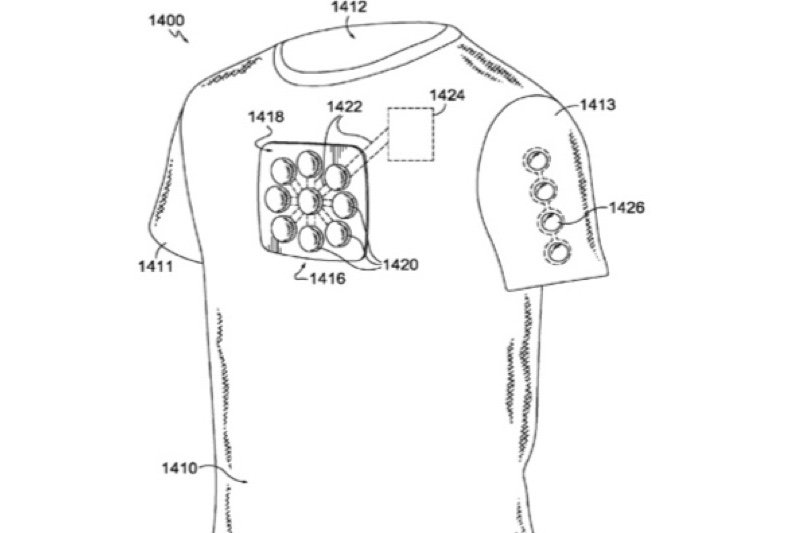
Fitness apparel companies have struggled for years to find ways to help outdoor athletes maintain a constant core temperature in both hot and cold temperatures. By keeping their core temperature at a consistent level, performance is improved over longer distances and extended periods of time, but changing weather conditions can make that a challenge. Now, Nike has received a patent on a high-tech approach to overcoming this problem, potentially creating an entirely new category of workout clothing.
As is typical with a patent of this type, there is a lot of technical information and language to sift through. But in a nutshell, the patent filing shares how Nike would use a thermoelectric module (TEM) to provide warmth to an article of clothing. A TEM is a solid-state heat pump that can be used to transfer heat from a warm location to a cooler one, thereby maintaining a constant temperature at all times. According to the patent, the polarity of the electrical supply to the TEM can be reversed to provide cooler temperatures instead.
Diagrams accompanying the patent give a rough idea of how the thermoelectric module would be integrated into clothing, including both workout shirts and pants. In the case of the shirt, the TEM is placed on the chest, much like Tony Stark’s Arc Reactor that powers the Iron Man suit. But rather than providing unlimited amounts of energy, the module is tasked with providing warmth or cooling by interacting with both an inner and outer facing layer of fabric. The two layers of fabric would sandwich a flexible network of heating and cooling elements that can be used to regulate core temperature while still maintaining the flexibility, permeability, and breathability of the garment.

Nike’s patent goes into great detail on how to integrate the thermoelectric module and its temperature controlling mesh with various fabrics and how placing the TEM in certain areas can have an impact on performance. In theory, apparel using this system could go a long way to helping athletes staying more comfortable and drier while running, cycling, or taking part in other aerobic activities.
Of course, any clothing using this system could potentially be years away from actually becoming an affordable consumer product. That said, it is an intriguing look at what could be the future of fitness apparel.


